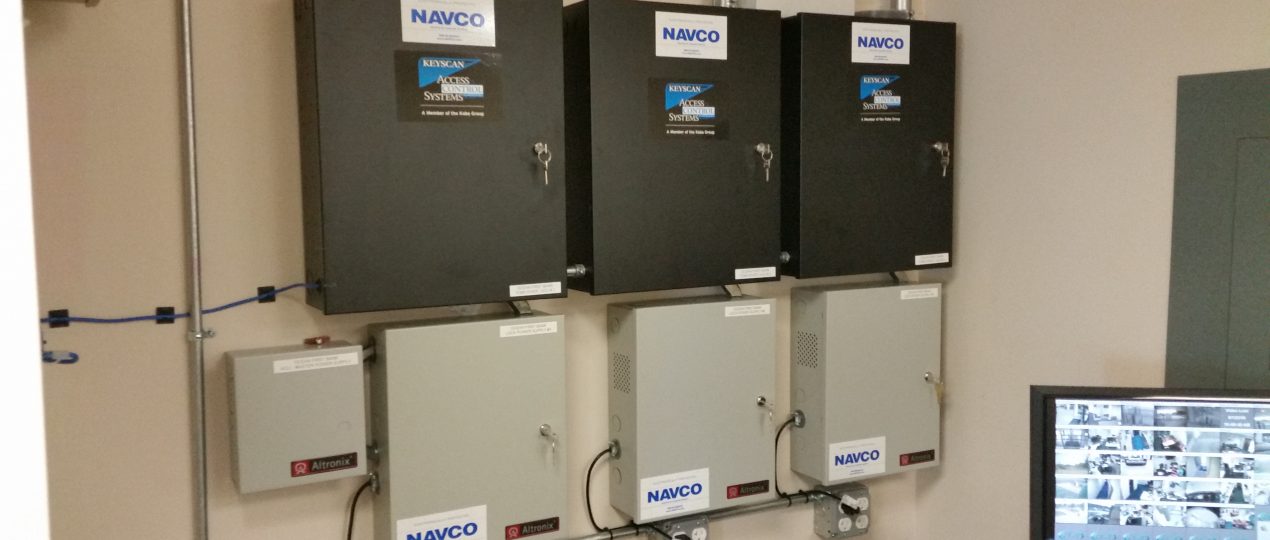It seems that one of the most overlooked security devices is the alarm panel. It amazes me that in the “Age of Technology,” users are still relying on alarm panels that are 10+ years old. Not to mention (and even more importantly) the archaic way they transmit their signals to the Central Station. Let me explain. Older alarm panels are typically communicating via a POTS (Plain Old Telephone Service) line. These can either be dedicated lines or shared lines. Those POTS lines and slow-transmission modems are extremely susceptible to issues and errors. Being translated from analog signals via the alarm panel, through digital phone equipment and then back to analog at the alarm central receiver make these alarm events susceptible to translation issues, which can result in a total loss of the alarm event.
Some of us that are old enough may remember the 2400 Baud modems that we used to connect to email, equipment and websites, and the lack of speed of that process. I do not think any of us want to go back to those slow connection days. Transmission rates are critical in sending signals to the Central Station. A POTS line transmission can take as long as 60+ seconds for the alarm panel to link to the Central Station Receiver. Those are precious minutes that may be vital to the alarm being transmitted and to the safety of your employees and your business.
The health monitoring of a POTS line is problematic as well. Even a daily timer test is not as reliable as it could and should be. After a daily test, the POTS line could have issues, and no one will know about it for 24 hours, or until the next timer test is completed. Think about those businesses that are just doing a weekly timer test (which, in my encounters, are the majority). Think about their exposure to burglary incidents while their alarm systems are offline. I am also hearing that dedicated POTS lines cost anywhere from $30 to $60 per month and costs are climbing. That is over $700 per year on the high end for a POTS line. The companies that provide POTS lines do not want to maintain them; it’s old technology. Their cost is only increasing to maintain them, and that cost is simply passed on to the consumer. In speaking with a well-known National Central Station, I learned that 70% of their accounts still utilize POTS lines for transmission! 70% was not what I expected. I assumed it might be the inverse of that number, (30%) at best. So, as you can see, it makes sense that the Central Station costs are up, just to maintain connections to old technology. I am going to go out on a limb here, but I suspect other Central Stations are experiencing the same phenomenon.
So, to recap – high cost, low reliability, slow transmission, poor health check… this does not sound like a technology that I would want to rely on to protect my assets or co-workers.
All alarm users should look to budget for updates to their equipment and leverage their network connection as the primary means to transmit alarm signals. And heck, you will save on cost when you get rid of your archaic POTS lines!
Some advantages to utilizing a network-connected alarm panel are:
- Increased transmission speed (Less than 1 second for a transmission is typical)
- No added monthly cost since you are leveraging your business or home network
- Quick ROI
- Data encryption for all transmissions
- Data integrity, as there are no analog-to-digital translations
- Increased detail of the alarm signal being transmitted
- Constant connection to the Central Station receiver (which provides consistent health of the transmission path)
- Firmware updates for enhancements and bug fixes via the network
- Use of Apps to control, self-monitor and view history of your Alarm Panel
I will leave you with this…we all strive to have the latest and greatest smart phone, tablet, laptop, TV, and smart home devices, but we forget about that critical alarm panel that has been installed in the equipment room or broom closet for over 10 years, connected to that old POTS line. It is time to truly protect your business, assets and people, and replace that old panel with new technology. Contact NAVCO today for a free Security Assessment.
Phil Burleson – Phil has 39 years’ experience in the electronics and security industries. He started his career in electronics while serving in the US Air Force both stateside and overseas. Phil also served in the US Army as an Infantry Drill Sergeant. He began his career at NAVCO in 1992 as a Service Technician. He was promoted through the ranks, moving from Washington to Connecticut, and has held the position of Vice President in charge of East Operations for the last 26 years.


